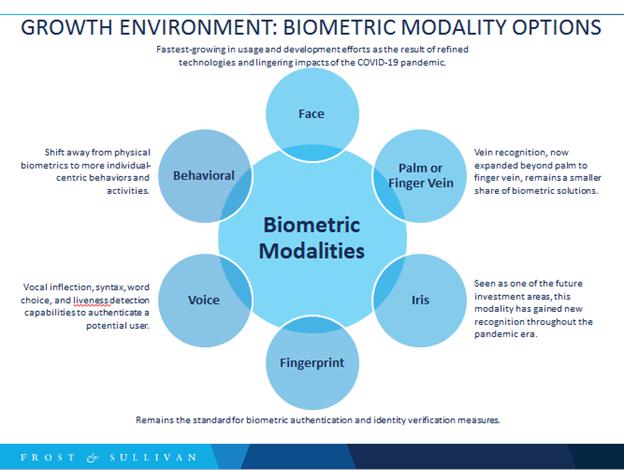A new bar called AI Bar has a system that registers customers’ faces. It then lets the barman know which customer is next in line. You can use your fingerprint to unlock your phone. And many high-security offices now use a person’s body movements to determine their identity.
These systems have become so refined that critical identity verification moments don’t even get registered by the user’s awareness. When you register yourself for a service, your face and eyes are matched with other data points you supply. Government-issued IDs like driving licenses and passports are matched with the biometric data that you have submitted.If the match is successful, the system knows the customer is who they say they are. This entire seamless process can take as little as 8 seconds. Read on to find out more about the level of security biometrics offers.
What Exactly Is Biometrics?
Biometrics are slowly replacing traditional passwords and access keys everywhere. Biometrics can identify the unique physical qualities of a person. Facial features, the iris, fingerprints, and the retina are all such physical attributes. The Somali Army and Indian doctors have already adopted this technology at a state level. You have a piece of this technology in your pocket. Your smartphone can use biometrics to authenticate you into your bank account.
There are biometric technologies that can even peek underneath your skin. It can recognise the pattern of veins in your palm. When blood is deprived of oxygen in veins, it absorbs more infrared light than other tissues surrounding it. That is how your vein pattern can be recorded. New cutting-edge technology being developed allows a system to recognise a person based on their heartbeat. And you can even be recognised by your brainwaves.
So Is This A Goodbye To Passwords?
Fingerprints vs Passwords
Using biometrics is certainly more convenient. You simply touch a scanner with your finger, and you are in. It is a lot easier than typing in a password letter by letter. Passwords can also be weak, and they can be prone to hacking. They also happen to be out of date. However, password-protected systems are far easier to implement than biometrics.

Facial Recognition vs Passwords
It all boils down to economics. The more data points that a system can log from your face, the more accurate your biometric profile will be. The level of security of the system will completely depend on its implementation. Thus, with more sensors, the system becomes more secure.
Iris Scanning vs Passwords
All these systems, whether fingerprints, facial recognition, or iris scanning, are similar. They all check for a single unique feature in a person. On the other hand, a password needs to be in your memory. You can’t just make a note of it and keep it somewhere because someone might find it. Furthermore, anyone who has your password can assume your identity. Thus, the future lies in multi-factor authentication. The most widely adopted systems will be those that users find the easiest to work with.
How Safe Is Your Biometric Data?
The responsibility of keeping your data secure rests with the company. In the ideal scenario, all biometric data is kept on the user’s device and not in the cloud. It makes things a lot harder to hack into. This practice is, however, not always followed.
A team of Israeli researchers hacked into a system with the biometrics of over 1 million individuals. They could gain access to 23 GB of data with 27 million unique data points. This set of data contained fingerprints, facial profiles, etc.
But password-based systems are also prone to hacking. Passwords can be stolen, and someone can watch you enter them, which isn’t possible with biometrics. Unfortunately, hackers have been quite successful in beating biometric systems. And unlike passwords, you can’t change your biometrics once they are compromised. Under lab conditions, hacking biometrics is possible.
An iPhone fingerprint scanner can be fooled by a fingerprint impression from a piece of glass. A Samsung phone’s iris scanner can be fooled by using a contact lens. A computer club in Germany could bypass a palm vein scanner using a wax hand. A Chinese group was able to beat Apple’s face ID using a pair of regular glasses and tape.
As you can see, biometrics are not perfect yet. However, it all depends on the number of sensors in use and the economics. The more elaborate a system becomes, the more secure it becomes.




